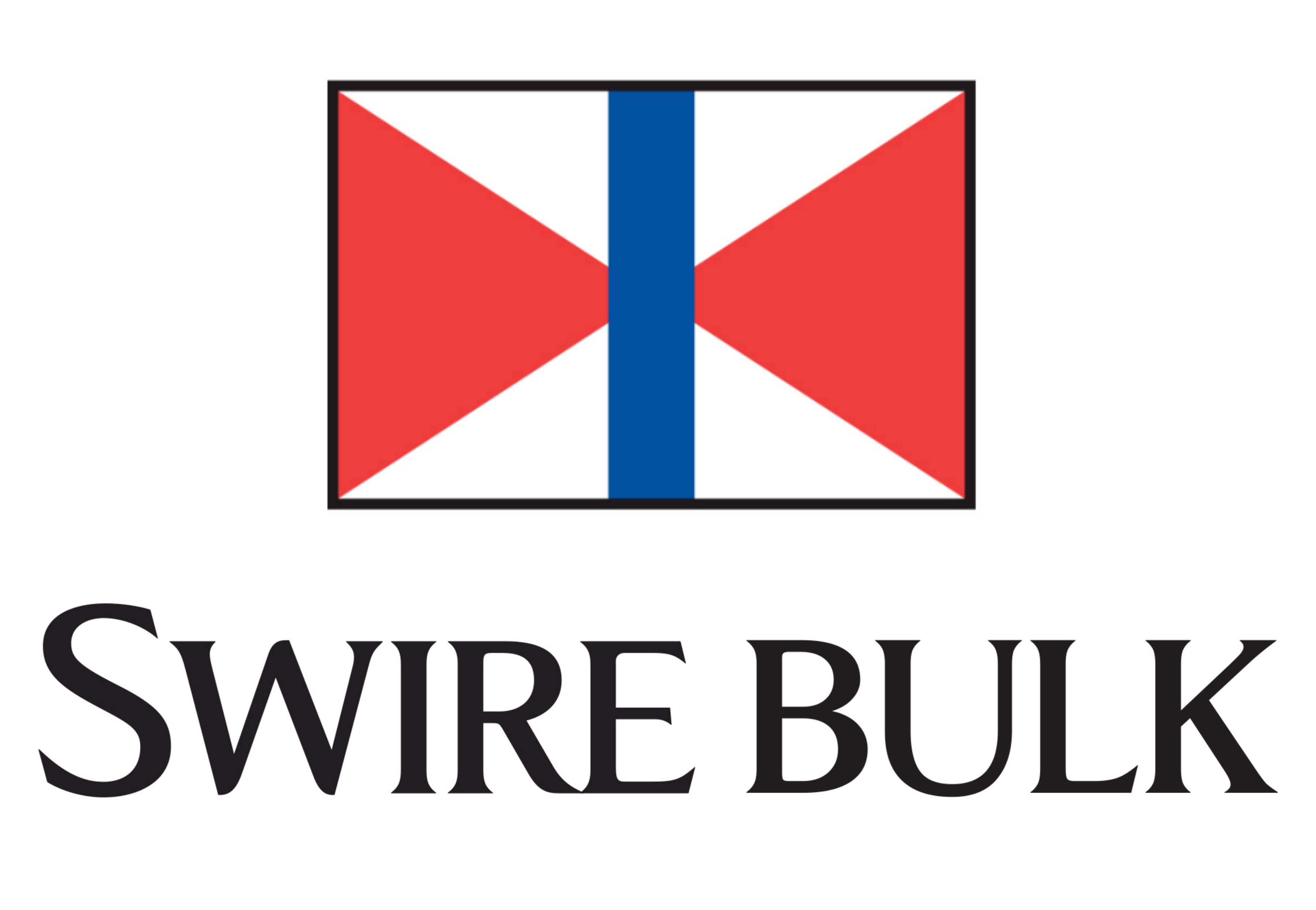- Container and bulk freight markets have rallied to levels not seen since the Global Financial Crisis in 2008.
- Record volumes of almost every seaborne commodity are being transported, driving freight rates higher.
- Could this dynamic roll into 2022 and beyond?
The Freight Market Bonanza of 2021
Plenty has already been said about the freight market bonanza of 2021, where the container and bulk freight markets have rallied to levels not seen since before the late 2000’s Global Financial Crisis. Despite the Baltic Dry Index testing and failing the key 3,250-point level (a level it’s only managed to sustain three times in its history), records will mark 2021 as a true freight market banner year.

Regardless of this year’s volatility around that key BDI level, if we were to take the year-to-date performance of the Cape, Panamax and Supramax markets in 2021, and average the full-year earnings against their futures earnings curve (FFAs), we’d see Capesize earnings of around 31,000 USD/day, and Panamax and Supramax at around 26,000 USD/day. This is three times the Capesize long-term average earnings and more than double those for Panamax and Supramax.
Now, as we make the journey into the Northern Hemisphere’s summer, all eyes are on 2022 and 2023. With the FFA curves showing Capesize at $25,000 and $20,000, and Panamax and Supramax at $19,500 and $14,500, the market’s eyeing up two more years at more than double the long-term average for these vessels.
If we look at the volumes of commodities being loaded in 2021 (in yellow below), with the grey channel being a long-term average, it’s clear why 2021 has been so profitable for ship owners.

Across almost every key seaborne commodity, record volumes of cargo are being transported.
However, the truth is that they’re not just hauling record volumes of commodities from their origins to their destinations. The reason we’ve seen a marked jump in freight rates is a little more complex…
2021 has been a year of politics and conundrums. Orthodox commodity flows have been turned on their heads for many reasons. As a result, traditional suppliers, like Australia, have sought alternative markets, which has made for longer supply chain routes and invariably greater congestion. The greater congestion becomes, the more demand grows on vessels and so sets in a vicious circular cycle.
South America has only just managed to get its logistics and loading efforts under control and now congestion at discharge ports is rising in China. This is why the market has struggled to hold its balance for too long in 2021.

The freight market now is being challenged, not only by long supply chain routes, but by growing concerns around quarantine regulations for ships arriving and wishing to enter at ports.
The freight forward markets for 2022 and 2023 creep higher and higher.
At around this time in May (4 weeks ago), the Capesize forward market was showing 2022 at $21,000 and 2023 at $18,000. Now, that’s closer to $25,000 and $20,000. For Panamax and Supramax one month ago, earnings were at $15,000 for 2022 and $13,000 for 2023. These figures have now jumped to $19,500 and $14,500.
It therefore seems that market participants are anticipating continued demand for bulk commodities. It also looks as though COVID complications and unorthodox trade flows will persist for the next 18 months at this rate, at least.

Other Opinions You May Be Interested In…
Explainers You May Be Interested In…

